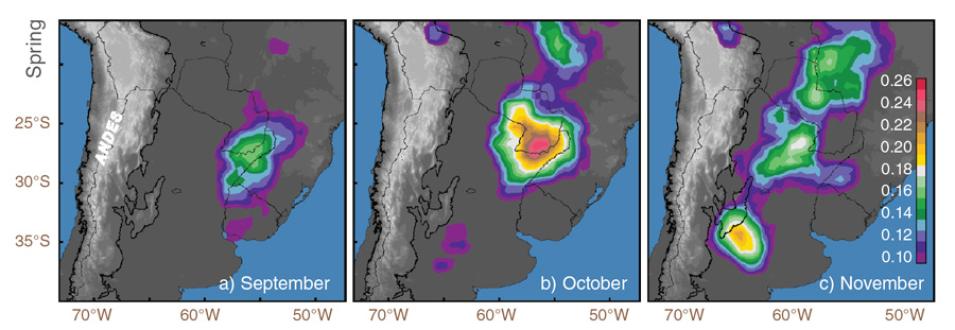Eleven-year old Kristen Rasmussen and her classmates watched from under their desks as a tornado churned past their classroom window. She marveled at the terrifying beauty of the tornado as it whirled over her school playground in Boulder, Colorado. Today, Rasmussen studies intense storm systems all over the globe, tracking weather as unpredictable and intense as the twister she saw as a kid.
Rasmussen, now a postdoctoral research scientist at the National Center for Atmospheric Research (NCAR), has her sights on storms in subtropical South America, most of which is in Argentina. The storms there are “untamed, intense, and vigorous,” much like Argentine wine.
Though wine buffs might recognize that tagline for Malbec World Day, a celebration of Argentina’s flagship wine, scientists have discovered that storms from the region bear the same characteristics. It turns out Argentina has the perfect terroir that gives both its grapes and storms their distinctive character. But unlike Argentine grapes, little is known about their storms.
With satellite rainfall data and a little creative detective work, Rasmussen and her colleagues are tracking these mysterious storm systems, years after they have dissipated, to ultimately discover how they formed. What they learn could be a boon to science, and to the economies that depend on the fruit of the vine.




